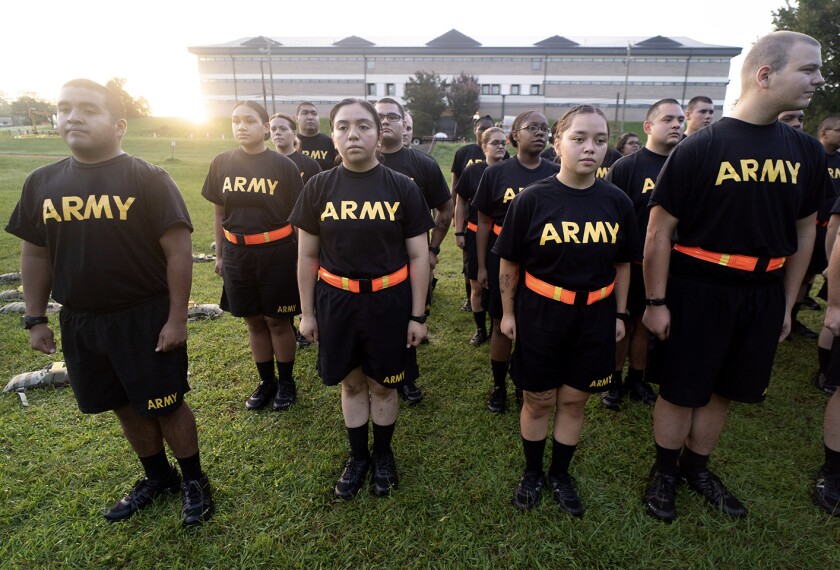The student-loan industry is the latest market to be hit by the global credit crunch, a development that threatens to drive up the cost of college borrowing and limit access to private student loans.
At a time when the cost of higher education is increasing and college debt is building, student-loan programs in Michigan and Montana hit a roadblock earlier this month when they tried to sell bonds that help pay for their loan programs. Nobody was buying. Iowa, meanwhile, is asking for help from local banks until it can sell its bonds.
Iowa and Montana officials are warning that loans could be harder to obtain, and that interest rates could become higher, as student-loan officials scramble to navigate the tumultuous bond market. Michigan had to suspend one of its loan programs altogether, for an unspecified amount of time.
“After considerable analysis and significant efforts to secure sufficient capital to make new [loans], the difficult decision to temporarily suspend [them] had to be made,” a statement on the Michigan Student Loan Authority’s Web site said in announcing a Feb. 16 halt to one of its low-interest-loan programs.
In all cases, existing loans are solid—it’s new loans that are in danger, which could make life more difficult for students and families seeking college loans for the first time.
Read the accompanying story,
Pressure to Lighten Tuition Burden Factors Into College-Aid Equation
The potential student-loan meltdown has captured the attention of Congress. In a Feb. 15 letter to U.S. Secretary of the Treasury Henry M. Paulson Jr. and U.S. Secretary of Education Margaret Spellings, 21 federal lawmakers urged the two to work with each other and with federal financial institutions to ensure the industry stays healthy.
In particular, the members are worried about the Federal Family Education Loan Program, or FFELP, which is expected to provide $60 billion in loans to 6.7 million borrowers in the 2008-09 academic year.
“We, too, are very concerned that this problem could, unless quickly addressed, result in long-term financing disruptions for higher education opportunities,” the letter said. “A mere 10 percent disruption in the [federal loan] market could therefore interrupt financing for more than 670,000 borrowers.”
Samara Yudof, a spokeswoman for the U.S. Department of Education, said her office had received the letter and was reviewing it.
Discussing Concerns
Larry Warder, the acting chief operating officer of the department’s office of federal student aid, said in a separate statement—not in response to the letter—that department officials had met with representatives of the lending industry to discuss the credit concerns. In addition, he said, the department is meeting with colleges and universities that may have had a lender end its participation in the federal loan program. He did not elaborate on which institutions may be affected.
“Thus far, we have not encountered any situation in which eligible [students] did not have access to federal student loans,” Mr. Warder said in the Feb. 20 statement.
Observers predict that the federal student-loan program will stay liquid because the political willpower will be there, especially in a crucial election year in which college affordability is a campaign issue.
“Nobody wants students to not be able to get low-cost student loans,” said Haley Chitty, a spokesman for the Washington-based National Association of Student Financial Aid Administrators.
Private loans—24 percent of all higher education loans in 2006-07, totaling $14.5 billion in undergraduate borrowing alone, according to the New York City-based College Board—could be affected, however.
As is the case in the troubled home-mortgage market, Mr. Chitty said banks may not want to lend money to borrowers without solid credit ratings, or may charge them higher rates. And that could affect low-income borrowers.
“But it’s not completely clear yet. Everyone’s trying to assess what this all means,” Mr. Chitty said. “The scope or impact [of this credit crisis] wasn’t expected.”
In late January, Nelnet, a student-loan company based in Lincoln, Neb., with $26.6 billion in loan assets, announced that, because of the credit crunch, it was not going to offer new loans that consolidate existing federal loans.
Nelnet’s chairman and chief executive officer, Mike Dunlap, said in a statement announcing the policy: “The ongoing turmoil in the credit markets is much worse than we anticipated, and the duration of the disruption is unknown.”




